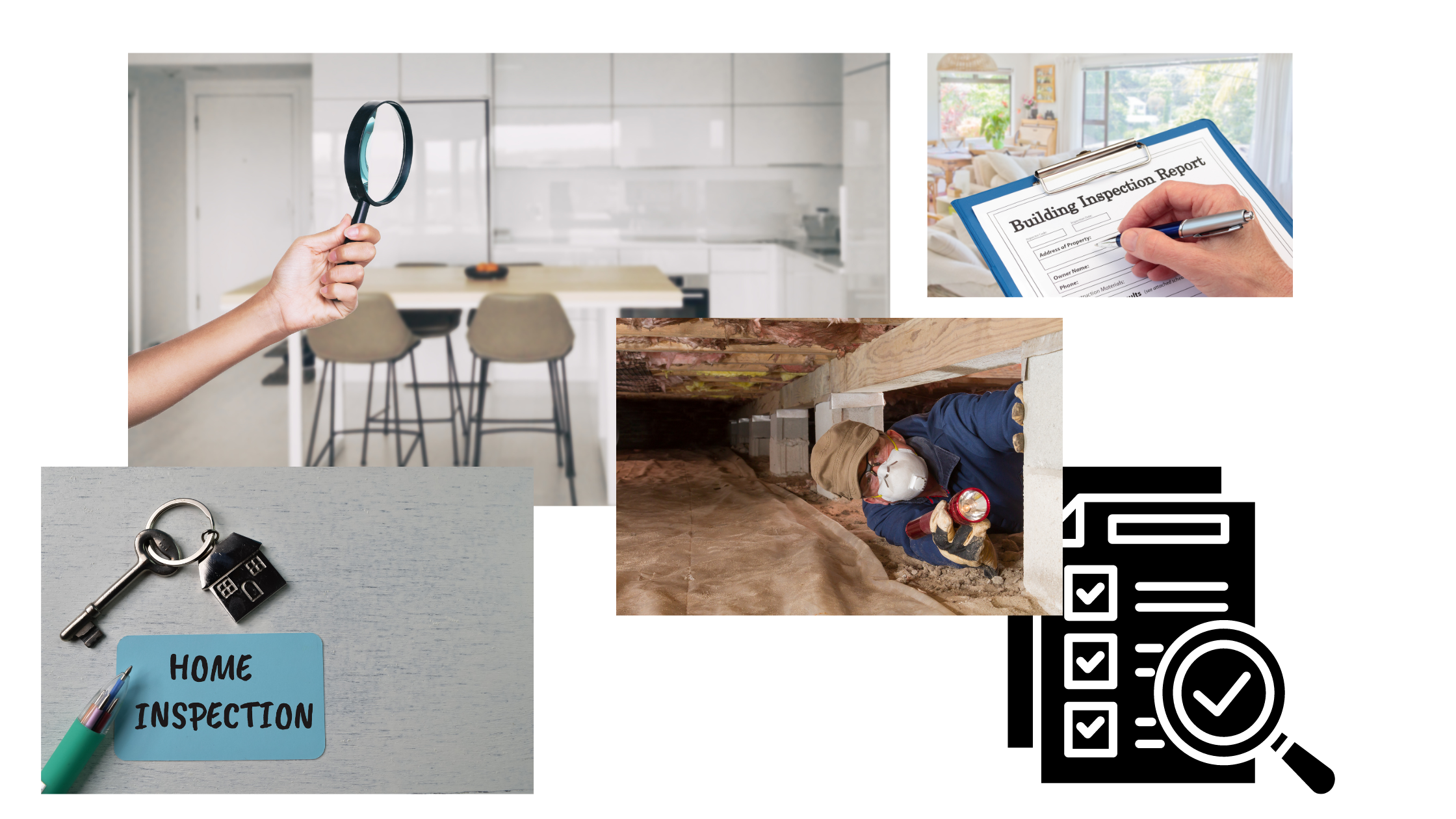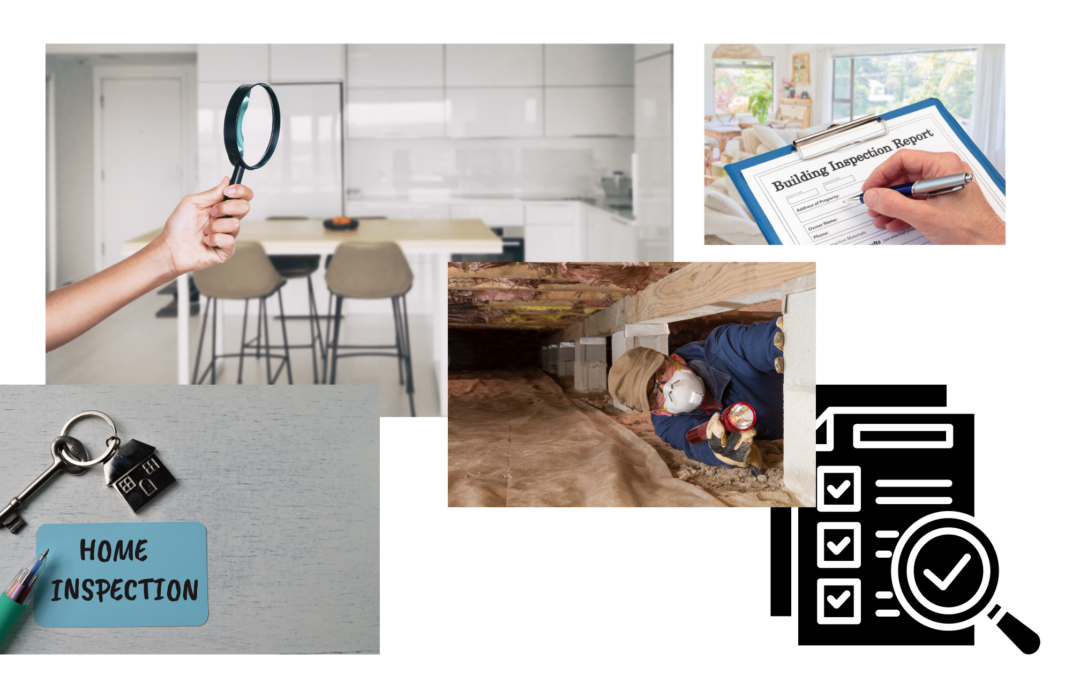More upcoming Home Buyer & Home Seller classes (dates, times, & locations) are always available at www.learningtobuyahome.com or www.freesellerclasses.com
Cool news… as some of you know I was selected to be one of the local SW Washington Hosts for the American Dream TV Show. My first segment airs Sunday at 1pm on KPTV. I will upload it on the websites this weekend, and on my Facebook page too! EEEK… it’s kind of exciting, and nerve-wracking…at the same time!
Whether you are thinking about buying a home, or selling your current home, many people get stuck on the process of the home purchase/sale, but there is a lot more to it than that.
How to Get Your Home Ready to Sell in Vancouver, WA
For the home seller… what should you look at, or think about before you go on the market?
For the home buyer, buying a home is a big thing , but let’s take it one step past that….. What happens AFTER you get keys to your home? You move in…right? Well, then you might paint rooms, change the toilet seats, and make that home ‘your’ own with YOUR touches, things, personality, and flavor. That is all fabulous, but what else? Buying a home is expensive, but guess what? Owning a home is expensive too. Deferred maintenance is the death knell of many a home. As a homeowner, there is no longer a landlord to call for repairs….YOU are the one responsible now. So, what is deferred maintenance? Deferred maintenance are those repair or maintenance items that homeowners put off….sometimes because of lack of money, and sometimes because it doesn’t seem like that ‘big of a deal’. Houses are a lot like kids… we have to take care of them, so we have a nice rest home later.
What to Know About Home Maintenance
Around the home
Walk around the home and look at the home’s vents. Any missing vent screens? If so, you could have animals gaining access to your crawlspace. If this happens…animals under the home can/will pull down the insulation for warmth, urinate & defecate on the vapor barrier, and cause other issues. Do you, or have you had animals under the home? How bad is it? Is it salvageable? Does the entire vapor barrier need to be replaced? Do you need to repair, or replace the ducts? Do you need to replace your crawlspace insulation? Look at the ground around your crawlspace vents. Is the ground, or ground cover, pushed up into it? This might be giving the water access into under your home. You should have window wells around these vents to help prevent this, but you have to keep those clear as well.
Under the home
Most homeowners never go under the home to look for leaking pipes. Small leaks are easy to fix…big leaks are not so much. It is easier to catch them when they are small and get them fixed now.
During periods of heavy rain, you need to pull up your crawlspace hatch and check for moisture under your home. I had THREE inspections in a row recently that had water in the crawl…and the sellers had no idea. This can be an easy, or expensive fix….depending upon the length of time under, and how bad it is. LOOK UNDER YOUR HOME! We live in an area where we get (especially this time of year) quite of bit of that liquid sunshine. Water can be from a few different things. Missing window wells (see above) can give water from your exterior easy access to your crawlspace. Maybe it is groundwater… we do have quite a bit of that here. That can be as easy as clearing out, creating a low point drain, or putting in some french drains around (or under) your home, or in more waterlogged cases (or areas), a sump pump may be needed.
Attic space
Most homeowners never look in their attic space. This also needs to be looked into at least once a year…do you see moisture stains on the underside roof boards? Have any animals gained access? Are your attic vents clear? Most people don’t even know their roof is leaking until they feel or hear a drop, drop. By the time you hear, or feel the leak from your roof…you have many more problems…roof, insulation, ceiling drywall. Take a peek up there and make sure your ventilation over the stove (micro hood, or stove hood), bathroom, & laundry room vents are still connected to the outside. If the ducts for these come loose, they will often fall and start venting into your attic space. This is moisture in your attic which can give mold a breeding ground. If one of these vents fail/break… it is an easy, quick, and inexpensive fix. Mold spores in your attic will be costly to repair. Having the appropriate ventilation in your attic is also important. One other thing about attic spaces… they are NOT for storage. When you put boards on top of your attic insulation for storage, you are flattening your attic insulation and reducing the R-value of the insulation. In short… you are harming your homes heating & cooling efficiency. This will cost you more money on your electric bill now, and in repairs when you want to sell.
Roof
For loan purposes the roof only needs to have a 2-3 year life expectancy to pass appraisal. This means that, at some point, you may need to consider getting a new roof. You can have up to two layers of roofing on a home and still get financing. What happens if the home has more than two? That is most likely going to need to be ripped off and started over. What if you only have one layer, and the roof is at the end of its life expectancy, but still in ok shape? Get a second layer put over it.
One thing that as a homeowner you will need to remember is that moss is bad for your roof…it traps in moisture, and moisture is bad. Putting some Moss-out on your roof every couple of years will help prevent moss from growing on it. You can also put a copper strip on the ridge line for the same effect. Do NOT pressure wash the roof….it brushes off the granules that provide the protection. Do NOT use a laundry soap such as Tide to get rid of moss on your roof. What does laundry soap do to your clothes? Gets out oil and dirt, right? Well….isn’t your roof oil and tar? Not good to get rid of that on a roof!
Around the home
Look at the siding on your home every so often. If you have LP siding, you need to look at the lower edges for moisture. LP & wood products need sealed and painted every 3-5 years to maintain it, and to provide maximum life expectancy. Vinyl siding? Great…it’s plastic and you can rinse it off, but it is plastic, and that has its own thing. What happens to plastic if left out in the sun too long? It fades, becomes brittle and can crack. With many homes that have vinyl siding, you can see the color difference between the south side, and the north side. You will also often see that the north side has some mossy looking growth. The north side of the home sees minimal sun. With vinyl siding, the best way to maintain it is to give it a good washing every so often. Fiber cement or Hardi plank siding? Awesome… great product, but it also does need to be periodically painted to maintain it. Some older homes just have wood, or cedar shake siding. Yes, keep an eye on it….seal and paint it as needed to maintain its integrity. Almost all homes have wood trim around the roof line, and around the windows. Wood rot happens more frequently in these areas. I have a wood trimmed window in the front NE side of my home that I am keeping an eye on to have checked out here soon…. and it is 7 years old.
Inside the home
Furnaces….supposed to be serviced yearly. Keep an eye on your heating ducts (either under your home, or in your attic) to make sure there isn’t any damage to them, or they haven’t been disconnected. Periodically, it is also good idea to have someone come out and clean out your ducts as well…..especially if someone in your family has allergies.
Wall heaters…use your vacuum to vacuum out the dust & dander that collects inside. Once a year take that cover off and get in there. When you don’t clean these out, you get that ‘smell’ when you turn it on. That is the skin dander, carpet fibers, pet hairs, your hairs, etc on those coils that are burning. It is also a sign that you are not taking proper care of them.
Ceiling or baseboards… honestly, you’re most likely to already be considering the efficiency of upgrading these soon. Clark PUD has a wonderful program that can help with that. Look into the Ductless Heat Pumps!
Ductless Heat Pumps… very energy efficient. These beauties will heat and cool your home. We put one in our ADU, and I got to say… they are pretty awesome.
Electrical panel….double lugging? Not good! Old panels? What is the make & model? There are some electric panels that are recalled for safety reasons. When I am listing a home, or helping someone buy a home… this is one of the first things I look at. For the most part, electrical panels pretty much take care of themselves, but when homeowners start messing with it….better check it out!
Under your sinks…. as homeowners we don’t look under that often enough. You will be surprised how many sinks have leaks under them! Every so often, check under yours.
Chimneys
If you have a chimney do NOT burn paper products in it! It is not made to be used as an incinerator. This is the most common thing we see with Chimneys. Only using wood in your fireplace? Use the occasional CSL log to keep your chimney clean. Using it to burn paper, bills, boxes, Christmas wrapping? Well, you might want to call a professional to get that cleaned out. One of the most common causes of fires in chimneys is creosote buildup from burning paper products.
In short, owning home involves costs. Do NOT put off to tomorrow what needs to be done today. Homeowners insurance is only good for things ‘outside’ of your control…not maintenance repairs. Home warranties are not good for windows, wall, flooring, siding, and roofs….but it does cover plumbing, heating, electrical, and most appliances. Every year you can renew your home warranty. I advise clients to take around $25 from each check and have it automatically deposited into a savings account at a bank that you will never go to….no checks for it, and no cards. If you want to take money out you will have to go to the bank and physically take the money out. Use that account as a ‘house repair fund’. Renew your home warranty with it, make home repairs with it, etc. $25 per check doesn’t sound like much, but it adds up….and is about the cost of a couple of coffees in the morning. Just a thought…. 😀
If you have questions on any of these, or questions about buying or selling a home…. I am always happy to help. Thank you for thinking of me, and for your referrals!
Feel free to go to the websites (LearningToBuyAHome.com or FreeSellerClasses.com) for class dates/times/locations.




